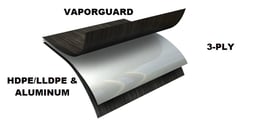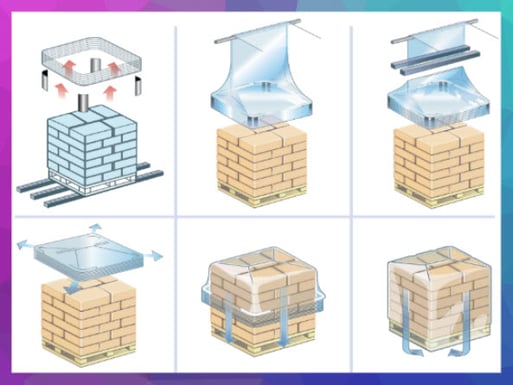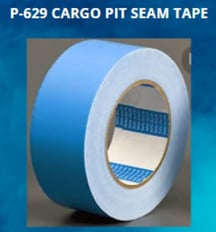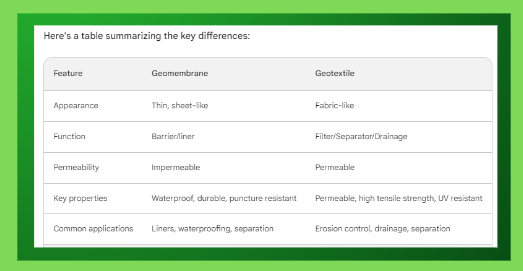Plastics have become an integral part of our daily lives, influencing industries, technology, and consumer products. With a myriad of plastic types available, each with unique properties and applications, navigating the plastic landscape can be overwhelming. In this comprehensive guide, we'll delve into the diverse world of plastics, shedding light on their types, characteristics, and versatile uses.
- Fun Fact: The world produces over 300 million tons of plastic annually, with only about 9% of it being recycled.
- Fun Fact: The first synthetic plastic, Bakelite, was created in 1907 by Leo Baekeland.
- Fun Fact: Plastic bottles take up to 450 years to decompose in landfills, highlighting the need for sustainable alternatives.
Understanding the Basics
Plastics are polymers—large molecules composed of repeating structural units. The flexibility to tailor their composition grants plastics a vast range of physical and chemical properties. Here are some fundamental plastic types:
-
Polyethylene (PE): Known for its versatility, PE comes in various forms like HDPE and LDPE. It's widely used in packaging, containers, and plastic bags.
-
Polypropylene (PP): Recognized for its high melting point and chemical resistance, PP finds applications in packaging, textiles, and automotive components.
-
Polyvinyl Chloride (PVC): PVC's durability and resistance make it ideal for construction materials, pipes, and cable insulation.
-
Polystyrene (PS): Offering a balance of strength and transparency, PS is used in packaging, disposable cutlery, and insulation.
-
Polycarbonate (PC): PC's high impact resistance and optical clarity make it suitable for eyewear, electronic components, and medical devices.
Specialized Plastics for Unique Applications
Beyond the basics, specialized plastics cater to specific needs:
-
Acrylonitrile Butadiene Styrene (ABS): Renowned for its strength and impact resistance, ABS is prevalent in automotive parts, toys, and consumer electronics.
-
Polyethylene Terephthalate (PET): Recognizable in the form of beverage bottles, PET is lightweight and has excellent clarity, making it ideal for packaging.
-
Polytetrafluoroethylene (PTFE): Famous as Teflon, PTFE boasts non-stick properties, making it a go-to for cookware, gaskets, and seals.
-
Polyurethane (PU): PU's resilience and flexibility lend themselves to foam cushioning, footwear, and automotive applications.
-
Nylon (PA): Known for its strength and abrasion resistance, nylon is prevalent in textiles, gears, and industrial components.
Emerging Trends in Sustainable Plastics
In response to environmental concerns, sustainable and bio-based plastics are gaining traction:
-
Biodegradable Plastics: Compostable and biodegradable plastics aim to minimize environmental impact.
-
Polylactic Acid (PLA): Derived from renewable resources, PLA is used in packaging, disposable tableware, and 3D printing.
-
Recycled Plastics: Repurposing post-consumer and post-industrial plastics contributes to a circular economy.
Choosing the Right Plastic for Your Needs
Selecting the appropriate plastic involves considering factors such as durability, flexibility, and chemical resistance. Manufacturers and consumers alike must weigh these properties against the intended application.
In conclusion, this ultimate plastic guide provides a comprehensive overview of the vast plastic landscape. From everyday essentials to cutting-edge innovations, plastics continue to shape our world. Understanding the diversity within the realm of plastics empowers us to make informed decisions and encourages the responsible use and disposal of these materials.












